Royal Collections Gallery: a treasure to be discovered
The course of the history of art in Spain during the Modern Age is strongly conditioned by its relationship with the Monarchy. It is usual for royal tastes to set the artistic guidelines in their kingdom, however, the Spanish case is exceptional. Most of our sovereigns have been great collectors and patrons, in many cases the most relevant of their time. Museums such as the Prado or the Reales Sitios are the custodians of a large part of the legacy of this collecting, however, they have managed to bring together in the same space masterpieces from different disciplines such as paintings, tapestries, silver or furniture to clearly explain this history.
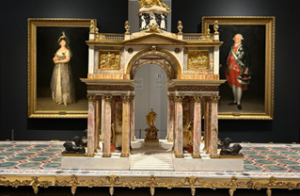
The museum of royal collections is itself a work of art. The architecture that houses the treasures allows the works to be exhibited in their purest form. The space is articulated chronologically from Isabella the Catholic and the tables of Juan de Flandes to Alfonso XIII and his portrait by Ramón Casas. The evolution over time can be appreciated in such a clear and close way that it is unique within the Spanish museum panorama.
The concentration and selection of masterpieces is divided by each monarch, French painters in the case of Philip V and the first Bourbons or Flemish artists such as Rubens in the house of Austria.

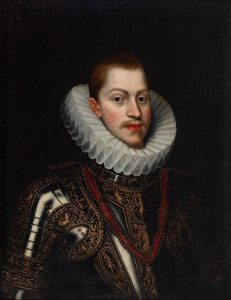
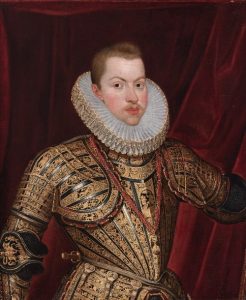
Portraits of Philip III, first by Pantoja de la Cruz in the Gallery of the Royal Collections, the second, workshop work sold at Setdart, third, work by the hand of Pantoja de la Cruz also sold at Setdart.
As we mentioned at the beginning, there is a great influence of the royal taste in the artistic panorama of his kingdom. The artists protected by the crown, the chamber painters, were the most reputable in society and therefore the most commercially successful. Let’s take an example of the portrait of Philip III by Juan Pantoja de la Cruz. The portrait preserved in the new museum is a direct replica of the artist himself. This shows us that both the king and those close to him commissioned works from artists in a show of imitation of their ruler. In the case of this portrait, it may have been commissioned by the crown for diplomatic purposes.
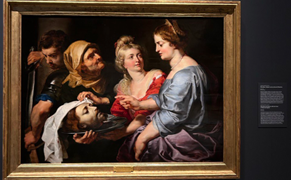
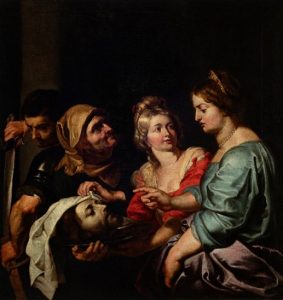
“Salome presenting the Baptist’s head to Herodias” by Gerard Seghers, first from the royal collection and the second adjudicated at Setdart.
In the exhibition there is also a magnificent panel by Gerard Seghers with the scene of Salome and the beheading of the Baptist. A canvas with identical composition in Seghers’ own hand was sold at Setdart last year. A fact to take into account in order to understand the value of real collecting is its impact on Spanish artists. We could not understand the evolution of Velázquez’s genius if he had not had access to the paintings of Rubens or Venetian masters such as Titian or Tintoretto. We can affirm, without any doubt, that the prestige of the collection was far above other royal houses, for example, the museum exhibits a Caravaggio’s canvas, the Cristo de Bernini, el San Cristóbal de Patinir o Philip II kneeling del Greco, just to mention some of the most brilliant foreigners.
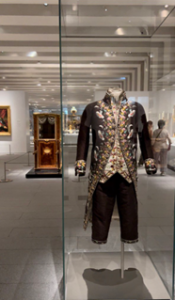
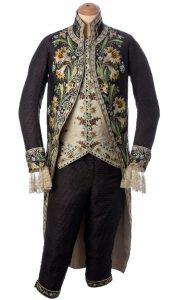
Costume of D. Ignacio Lacaba (Chamber Surgeon of Charles IV) and costume of the Count of Sástago, circa 1790. Royal Collections and Capricho Museum, acquired in Setdart.
We could not conclude this review without expressing our gratitude for the enhancement of the decorative arts. The refined taste of the kings embraced all disciplines. The promotion of specific artists is evident, but also the patronage of trades and their protection with the royal manufactures such as the Fabrica de vidrios de la Granja, the porcelain factory of Buen Retiro or the Silk factory of Valencia. An example of the latter is the magnificent male costume circa 1790 that is very similar to the one recently acquired by the Museo del Capricho.
The birth of a museum like the Galería de las Colecciones Reales is a source of pride for all of us because of its representative catalog and its intelligent design, it is sure to become a place of pilgrimage for any art lover.





